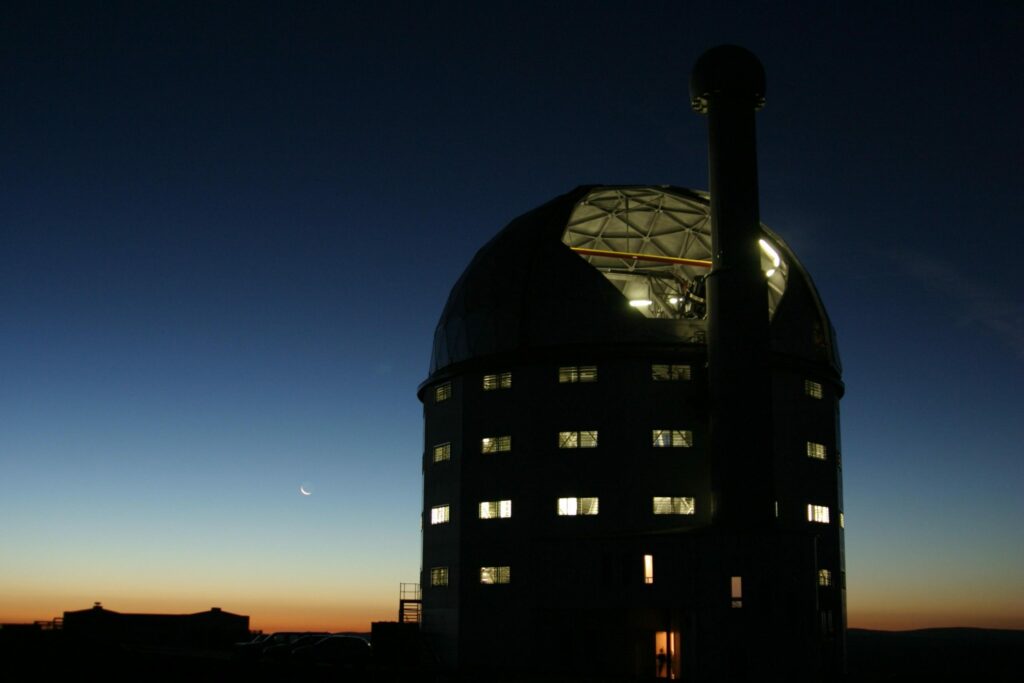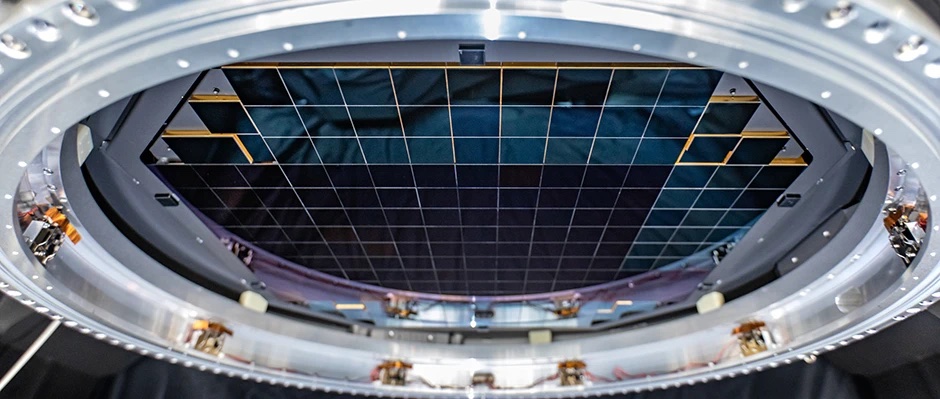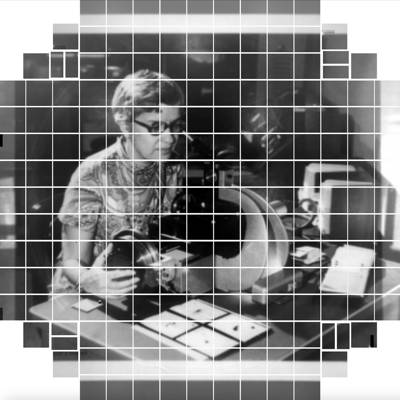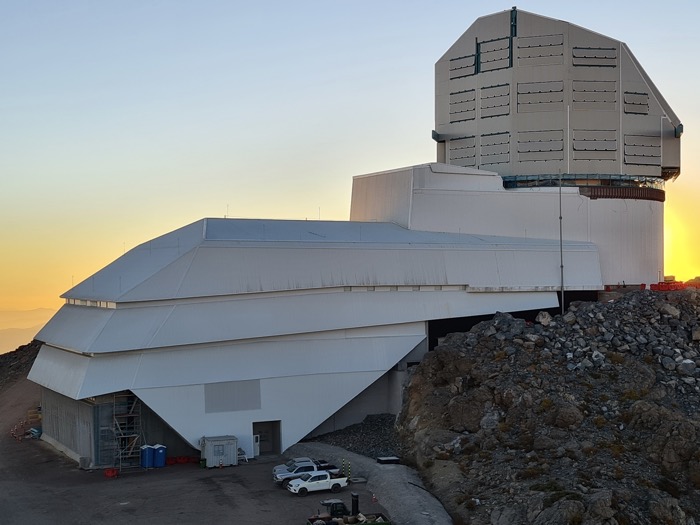Definitions
“LSST data” are any of the proprietary materials from the Rubin Observatory LSST, including, but not limited to, images, daily release catalogues, annual data release catalogues and simulations.
“SA research organization” is a South African University, National Facility or equivalent organization.
“PI” means South African LSST Principal Investigator Affiliate.
“JA” means Junior Associate, usually of a PI.
“FTE” means full time equivalent.
“AURA” is the USA Association of Universities for Research in Astronomy.
“SLAC” is the United States Department of Energy National Laboratory operated by Stanford University.
The “South African LSST Committee” is nominated by and serves in an advisory capacity to the SAAO Managing Director. Its purpose is to oversee the participation of the South African scientific community in LSST, in order to maximize the return of scientific knowledge and human capital development.
1. Background
The Vera C. Rubin Observatory, a United States-funded project under construction in Chile, will provide a unique Legacy Survey of Space and Time (LSST), covering the sky that is also accessible from South Africa. The Rubin Observatory’s data will greatly enhance the science outputs from other leading Southern astronomy facilities, including SALT and MeerKAT. The Rubin Observatory is expected to have a major impact on a variety of areas in modern astrophysics, and in particular it will be the world’s premier observational facility for optical time-domain astronomy. Optimal exploitation of its enormous database will also benefit from developments in data science. First light is anticipated in early 2025 and full science operations should start later that year and continue for at least 10 years. The scientific exploitation of data and data products produced by the Rubin Observatory before and during its operations phase is ordinarily restricted to researchers located in the USA and Chile. However, equivalent access will be provided to a restricted number of other researchers whose community have pledged an in-kind contribution that will “expand the resources available to the USA astrophysical and high energy physics communities.”
South Africa has offered telescope time and software and catalogue development effort as the in-kind contribution from our community and this is currently under review. The Rubin Director has recommended our program to the Rubin Management Board, with 10 PI slots for permanent staff and faculty, and a larger number of Junior Associate (JA) slots for postdocs and students.

To date nine SA PI Affiliates have been appointed for three year terms, some of which have already been renewed. Researchers from historically disadvantaged communities, based in South Africa, are hereby invited to apply for the tenth position. This document provides information about the positions, and the requirements of the Call.
Each PI is expected to formulate a compelling research plan that takes advantage of access to LSST simulated data and data products during the construction phase, and to image data, daily release catalogues, annual data release catalogues, and LSST-operated Data Access Centres during the operations phase. Each PI will also organize a team of JAs to successfully carry out the research plan. All team members will have full access to proprietary LSST products equivalent to that of USA researchers, and will be eligible to join LSST Science Collaborations. Team members will be required to strictly follow the rules regarding redistribution of LSST data and data products.
The document https://docushare.lsst.org/docushare/dsweb/Get/RDO-13 describes the Rubin Observatory Data Policy in some detail and is the reference document for the South Africa policy underlying this Call. If you are uncertain about your need to access the proprietary data, please read this to find out what will be publically available. Section 8 of that document gives you a good idea of what you can do without getting formal access to LSST data.
2. Applications
Applicants can submit a completed proposal application form online. Submissions received by 2025 January 31 23:59 will be examined first. If no suitable candidate is identified the position will remain open until one is found.
It is essential that all components of the application form be completed in full. Incomplete applications may be rejected.

3. Eligibility
PI applicants must be in possession of a PhD and have a long-term (at least 5 years) post at a SA research organization. While full-time South African-based appointments are preferred, 50% SA-based appointments will be eligible. PIs or JAs who leave South Africa will relinquish their position in terms of this Call and their associated rights to LSST data. Moving from one South African research organization to another will not affect the status of a PI or JA, provided they otherwise still meet the eligibility criteria and continue to carry out the approved project.
4. Term
PIs will be appointed for an initial term of three (3) years. The activities of PIs and their teams will be reviewed annually, by appropriate members of the SA LSST Committee, against the approved research proposal, and a PI’s position may be revoked if progress is deemed inadequate. PIs may apply for subsequent 3-year terms, and such applications will be in competition with any other proposals submitted. There will be no limit to the number of terms a PI may hold.
5. Junior Associates
The original agreement signed by the NRF with the LSST Corporation allows each South African PI to have up to eight associated Junior Associate(JAs) who will have right of access to LSST data. All JAs must have an affiliation to a South African research organization, but it need not be the same institution as the PI’s. The classes of JAs are:
- PhD or MSc students (not fewer than half of all JAs to be associated with a PI)
- Postdocs (up to a maximum of 3)
- Early-career scientists with permanent positions, but within 5 years of obtaining their PhD (up to a maximum of 2)
In 2024 the Rubin Observatory Director agreed that South Africans from historically disadvantaged communities could continue as JAs until they clearly reach a seniority that will allow them to apply for a PI position should one become available (as Associate Professor, or the equivalent at a National Facility). If a JA were to reach this level, but there were no possible PI position available, the SA LSST Committee, together with the JA’s PI mentor, could petition the Rubin Observatory Operations Director to allow the individual to continue as a JA for an extended period.
Prospective PIs are expected to list in the proposal the project team and to describe their roles. If some individuals are not yet identified, they may be listed as placeholders (e.g., 1 MSc and 1 PhD student), but the roles should be clearly described. A proposed team can also grow over time, provided it respects the constraints on JAs listed above. Already identified JAs should be named. The proposal will be strengthened by clearly identifying these JAs and their specific intended role and contributions.
All JAs must be approved by the SA LSST Committee and registered with the LSST Corporation via the Project Manager before they receive access to LSST data. Like the PIs, JAs must agree to respect the rules regarding redistribution of LSST data and data products.
If a PI to whom JAs are linked loses their status as a PI, normally the JAs would also lose their status. The SA LSST Committee will, however, review such instances as they may occur with a view to finding a solution that will allow suitable researchers to continue to hold the status in the context of an approved LSST activity.
It is possible to become a SA JA, without having any direct link with a South African PI. This situation might arise when a SA postdoc or student has a US collaborator and wants to work with LSST data. If you are in this situation please email the details to the Project Manager, including those of your USA collaborator, who will be expected to act as your mentor with regards to the LSST data. You should first check the RDO-13 document (see section 1) to be certain that you really require full access to LSST data.

6. Science Case
The selection of PIs will primarily rest on the strength of the proposed science case and the feasibility to achieve it within the relevant constraints. You should:
- Describe the scientific (and possibly technical) question(s) that you intend to address within their appropriate context, and how your specific project addresses them
- Little if any LSST data are expected to be available until early 2026. Nevertheless, there is a huge amount of on-going LSST-related scientific activity (especially within the LSST Science Collaborations). The proposal should describe what activities will be undertaken in the pre-survey era.
- Provide a timeline indicating your project plan over the course of the 3-year term (and longer-term intentions as relevant)
- Provide evidence that you and (if relevant) your assembled team have the expertise required to carry out the proposed plans
- Describe how your proposal links to astronomical facilities/programmes in South Africa. Multi-wavelength aspects of the proposal, especially connections to SAAO/SALT science, while not required, will be a strength
7. Science Collaborations
It is anticipated that successful SA LSST PIs will work in collaboration with relevant existing LSST Science Collaborations. We therefore strongly encourage prospective PIs to begin developing links with relevant Science Collaborations prior to submission of the proposal. We anticipate that all PIs will seek membership in one or more of the Science Collaborations. Note, however, that membership in LSST Science Collaborations is by invitation, and holding PI Affiliate or Junior Associate status does not guarantee acceptance into a Collaboration. Outline any existing links with the relevant Collaboration(s) and/or describe communications that you have had with them in regard of membership. Details of the collaborations are given here: https://www.lsstcorporation.org/science-collaborations.
8. LSST Computing Resources
Querying and manipulating large subsets of LSST data will require access to significant computing equipment. The SA PIs will have access to the Rubin Interim Data Facility (IDF). The IDF is a testbed for the eventual US Data Facility, which will include the primary Rubin Data Access Centre. There will be other, independent data access centres (IDACs) in a global network. The plan is for all of them to use the same Rubin authentication system, such that all data rights holders will be able to apply for a Rubin “LSST user” account that allows them to log in to any DAC and work with the LSST data there.

9. Management Plan
This should include anticipated partnerships (national and international) that will be required to achieve the scientific goals alluded to in Section 7. Depending on your programme it might also describe how you will link to other necessary resources.
10. Budget
The NRF/DSI does not currently have dedicated funds for SA involvement in LSST.
It is therefore vital that you provide a clear idea of what resources are required for your project to succeed and how you intend to seek those resources. It is not necessarily expected that you will have identified all the required support at the time of submission, but successful proposals will outline a realistic roadmap to obtaining the required resources. With this in mind you should outline the budget that you will need over the next 3 years to implement your proposal, and indicate what level of support you anticipate from your home institution or those of relevant JA colleagues, and how else you anticipate obtaining resources, including for bursary support. Include costs associated with students, postdocs, travel, and IT, plus anything else that you consider relevant. Motivating a realistic plan to adequately support a smaller number of JAs and constructing a research programme around that team (that could grow in time) is preferable to outlining a larger team without a realistic support plan.
11. Equity, Transformation and Human Capacity Development
Describe how your proposed project will contribute to equity, transformation, and human capacity development in South Africa over (at least) the first 3 years of the project. The PIs will have access to products prepared by LSST for Education and Public Outreach activities, which may be shared openly with South African outreach communities and with the IAU Office of Astronomy for Development (OAD). Describe how you expect to make use of this resource.
12. Time Commitment for LSST Activities
We anticipate that LSST work will represent a major research focus for successful PIs. While the fraction of time dedicated to LSST activities may grow over time, it is expected that successful PIs will devote some significant fraction of their time to LSST activities Please indicate the expected fraction of your time in FTEs that you intend to dedicate to the proposed activities on a year-by-year basis. Also indicate how you will shift the balance of your current activities in order to realistically dedicate the required time to LSST activities.
The proposal should also indicate expected time commitments for LSST activities by each member of the team.

13. Proposal Review and Selection Criteria
Assessment of the proposals will be overseen by the SA LSST Committee in a non-conflicted manner. LSST PIs may serve on the SA LSST committee only if their contribution to the Rubin Observatory results in additional PI positions for South Africa in terms of the in-kind agreement, and must recuse themselves from any consideration that involves them or their JAs. The Committee may invite external experts to help it assess the proposals as needed. Only one PI position is currently available and we hope to fill this with a South African from a historically disadvantaged community.
The proposals will be assessed on the strength of their proposed science case and the feasibility of achieving it (including the strength of the team and of the management/resourcing plan, and interactions with LSST Science Collaborations), as well as on the plans to advance equity, transformation, and human capital development. Connections to SAAO/SALT and MeerKAT/SKA science will also be considered.
14. Further Information
Further information is available by contacting the Project Manager paw@saao.ac.za.
15. Current membership of SA LSST Committee
The members of the SA LSST Committee are listed on this page.
16. Applications
Please use the online application form to submit your South African LSST PI proposal.